Cannabis Cultivation: How to Grow Autoflower Seeds
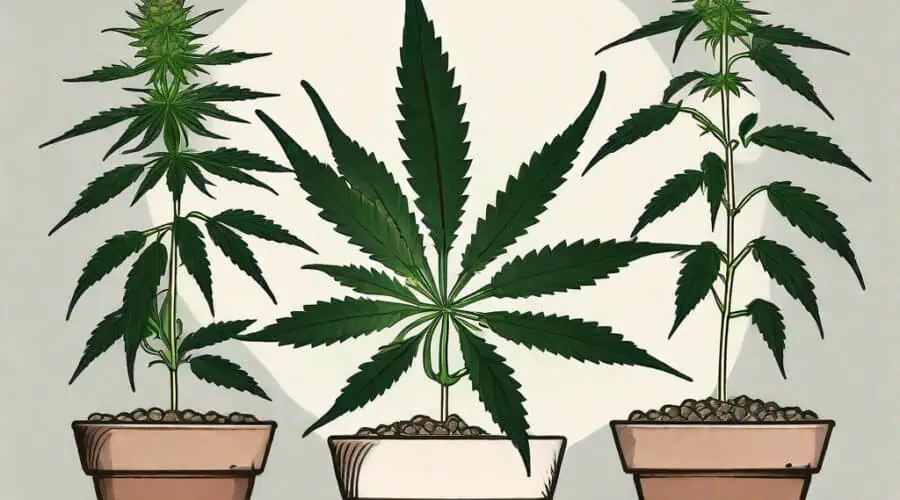
Table of Contents
Are you ready to embark on an exciting journey into the world of cannabis cultivation? Growing your own cannabis plants can be a rewarding and fulfilling experience, especially when it comes to autoflower seeds.
In this article, we will dive deep into the process of growing autoflower seeds, from understanding their unique characteristics to harvesting your very own cannabis. So sit back, relax, and let’s get started!
Understanding Autoflower Seeds
Before we dive into the nitty-gritty of cannabis cultivation, it’s important to understand what makes autoflower seeds so unique. Unlike traditional cannabis seeds, which rely on changes in light cycles to transition from the vegetative to the flowering stage, autoflower seeds do this automatically.
This means that they will start flowering without any specific light requirements, making them ideal for beginners or those with limited space.
The Unique Characteristics of Autoflower Seeds
Autoflower seeds possess some unique characteristics that set them apart from regular cannabis seeds. For starters, they tend to be smaller in size and have a shorter overall life cycle. This means that you can expect faster results with autoflower seeds compared to their photoperiod counterparts.
Additionally, autoflower plants are usually more resilient and can withstand harsher conditions, making them a great choice for growers who may not have optimal environments.
One interesting characteristic of autoflower seeds is their ability to produce multiple harvests in a single growing season. This is because the shorter life cycle allows for quicker turnover, allowing growers to plant new seeds and harvest multiple times throughout the year.
This can be particularly advantageous for those who rely on cannabis for medicinal purposes or those who simply enjoy a continuous supply of fresh buds.
Another unique aspect of autoflower seeds is their ability to thrive in various growing environments. Whether you’re growing indoors, outdoors, or in a greenhouse, autoflower plants can adapt and flourish.
This adaptability is due to their genetic makeup, which includes a mix of cannabis ruderalis, a subspecies known for its ability to withstand harsh climates. So, no matter where you live, you can enjoy the benefits of cultivating autoflower seeds.
The Life Cycle of Autoflower Seeds
Understanding the life cycle of autoflower seeds is crucial for successful cultivation. From germination to harvest, each stage requires specific care and attention.
Typically, autoflower seeds will germinate within 2 to 7 days after planting. Once the seedlings emerge, they will enter the vegetative stage, where they will begin to develop their foliage. This stage usually lasts for about 2 to 4 weeks, depending on the strain.
During the vegetative stage, it’s important to provide your autoflower plants with the right amount of nutrients and light. While they don’t rely on specific light cycles to flower, they still need adequate light to grow healthy and strong.
Many growers opt for a 18/6 light cycle during the vegetative stage, providing 18 hours of light and 6 hours of darkness. This mimics the natural light cycle during the summer months and promotes vigorous growth.
After the vegetative stage, autoflower plants will automatically transition into the flowering stage, where the magic happens. The flowering stage can last anywhere from 6 to 10 weeks, depending on the strain and growing conditions.
It’s during this stage that the plants will develop their buds, which contain the valuable cannabinoids and terpenes that give cannabis its unique effects and flavors.
As the plants enter the flowering stage, it’s important to adjust the light cycle to promote optimal bud development. Many growers switch to a 12/12 light cycle, providing 12 hours of light and 12 hours of darkness.
This simulates the natural light cycle during the fall months, signaling to the plants that it’s time to flower. Additionally, it’s crucial to monitor the humidity and temperature levels during this stage, as high humidity can lead to mold and other issues.
Throughout the flowering stage, you’ll notice the buds gradually becoming denser and more resinous. This is a sign that the plants are nearing harvest. It’s important to keep a close eye on the trichomes, the tiny resin glands on the buds, to determine the optimal harvest time.
Trichomes that are mostly clear indicate that the buds are not yet fully mature, while trichomes that have turned cloudy or amber suggest that the buds are at their peak potency.
In conclusion, autoflower seeds offer a convenient and rewarding way to cultivate cannabis. With their automatic transition from vegetative to flowering stage and their ability to thrive in various growing environments, autoflower plants are a popular choice among growers.
Understanding the unique characteristics and life cycle of autoflower seeds is key to achieving successful yields and enjoying the benefits of homegrown cannabis.
Preparing for Cannabis Cultivation
Now that you have a better understanding of autoflower seeds, it’s time to prepare for the cultivation process. Here are a few key factors to consider:
Choosing the Right Environment for Growth
The environment in which you grow your cannabis plants plays a vital role in their overall health and yield. Autoflower plants can thrive both indoors and outdoors, so it’s important to assess your available space and resources.
If you decide to grow indoors, consider investing in a grow tent or a dedicated grow room. These enclosed spaces allow you to control factors such as light, temperature, and humidity, creating the ideal conditions for your plants to thrive.
With a grow tent, you can easily adjust the height and width, accommodating different stages of plant growth. It also provides a controlled environment, protecting your plants from pests and diseases.
When setting up your indoor cultivation space, it’s crucial to choose the right lighting system. LED grow lights are highly recommended due to their energy efficiency and ability to provide the full spectrum of light needed for optimal plant growth.
Additionally, you may want to invest in reflective materials to maximize light distribution and minimize energy waste.
If you prefer outdoor cultivation, make sure to choose a location that receives ample sunlight and has good soil drainage. Consider the climate and weather conditions in your area, as well as any potential risks such as strong winds or heavy rainfall.
You may need to take measures to protect your plants from extreme weather events, such as using windbreaks or constructing a greenhouse.
Necessary Equipment for Cannabis Cultivation
Once you have chosen your cultivation environment, it’s time to gather the necessary equipment. Some essential items include:
- Grow lights: As mentioned earlier, LED grow lights are highly recommended for indoor cultivation. They provide the right spectrum of light for each stage of plant growth and are energy-efficient.
- Pots or containers: Choose pots or containers that are large enough to accommodate the root system of your plants. Make sure they have drainage holes to prevent waterlogging.
- A quality potting mix: Use a well-draining potting mix that is specifically formulated for cannabis cultivation. Avoid using garden soil, as it may contain pests, diseases, or nutrient imbalances.
- Nutrients specifically formulated for cannabis: Cannabis plants have specific nutrient requirements at different stages of growth. Look for fertilizers that are specifically designed for cannabis cultivation to ensure optimal nutrition.
- pH testing kit: Monitoring and adjusting the pH level of your growing medium is crucial for nutrient uptake. A pH testing kit will help you maintain the ideal pH range for your plants.
- Thermometer/hygrometer: Keeping track of temperature and humidity levels is essential for creating the ideal growing conditions. A thermometer/hygrometer will help you monitor these parameters and make necessary adjustments.
- Ventilation equipment: Proper air circulation is important for preventing mold and maintaining optimal temperature and humidity levels. Consider investing in fans, exhaust systems, and carbon filters to ensure good ventilation.
- Timers: Timers are useful for automating the lighting schedule of your indoor grow setup. They ensure that your plants receive the right amount of light each day, mimicking natural sunlight cycles.
Remember, investing in good-quality equipment will greatly benefit your plants in the long run. It’s worth considering the long-term cost savings and improved plant health that come with using reliable and efficient tools and materials.
The Planting Process
Now that you have your environment set up and your equipment ready, it’s time to plant your autoflower seeds. Here’s a step-by-step guide on how to do it:
How to Plant Autoflower Seeds
Start by filling your pots or containers with a high-quality potting mix. Make sure the mix is well-draining and contains the necessary nutrients for your plants. Gently place your autoflower seeds on the surface of the soil and lightly cover them with a thin layer of soil.
Water the soil lightly to ensure it’s evenly moist, but be careful not to overwater. Place your pots under a grow light or in a sunny location if growing outdoors.
Within a few days, you should start to see tiny seedlings emerging from the soil.
Ideal Conditions for Germination
Germination is a critical stage in the life cycle of your autoflower seeds. To ensure successful germination, maintain a temperature of around 20-25°C (68-77°F) and a humidity level of 70-80%.
It’s also important to provide gentle airflow to prevent stagnant air and mold growth. Within a week, your seeds should sprout, and the journey to becoming healthy cannabis plants will begin.
Caring for Your Cannabis Plants
Now that your autoflower seeds have germinated and are happily growing, it’s time to provide them with the care they need to thrive. Let’s explore some essential aspects of cannabis plant care:
Watering and Nutrient Requirements
Proper watering is crucial for the overall health and development of your cannabis plants. It’s important to strike a balance between overwatering and underwatering. As a rule of thumb, water your plants when the top inch of soil feels dry. Avoid overwatering, as it can lead to root rot and other issues.
When it comes to nutrients, autoflower plants have specific requirements at different stages of their life cycle. Using a high-quality cannabis-specific nutrient formula will ensure your plants receive the necessary macronutrients and micronutrients for optimal growth.
Light and Temperature Control
Providing the right amount and type of light is key to promoting vigorous growth and healthy bud development. If you’re growing indoors, invest in full-spectrum LED grow lights or high-intensity discharge (HID) lights for optimal results. Place the lights at the correct distance from your plants to avoid light burn.
Temperature control is also important, as cannabis plants thrive in a temperature range of 20-28°C (68-82°F) during the vegetative stage and slightly lower temperatures during the flowering stage. Maintaining the right temperature and humidity levels will prevent stress and ensure your plants stay happy and healthy.
Harvesting Your Autoflower Cannabis
After weeks of attentive care and anticipation, the time has finally come to harvest your autoflower cannabis. Here’s what you need to know:
Identifying the Right Time to Harvest
Knowing when to harvest your autoflower plants is crucial for optimal potency and flavor. In general, autoflower strains will be ready for harvest within 8-10 weeks from germination. One key indicator is the appearance of trichomes, which should have a milky white color with a few amber trichomes.
You can use a magnifying glass or a jeweler’s loupe to inspect the trichomes. Additionally, observing the pistils (hairs) on the buds can indicate the right time to harvest. When the majority of pistils have turned from white to a darker color, it’s a good sign that your plants are ready for harvest.
How to Properly Harvest and Dry Your Cannabis
Harvesting your cannabis requires patience, precision, and a gentle touch. Start by cutting the main stem of each plant at the base, leaving a few inches of stem attached to the bud. Remove any large fan leaves, as they do not contribute to the overall potency of the buds.
After harvesting, it’s time to dry your cannabis. Hang the trimmed buds upside down in a dark, well-ventilated room with ideal temperature and humidity conditions. Allow the buds to dry slowly for around 7-10 days, ensuring they are thoroughly dry before moving on to the curing process.
So there you have it, a comprehensive guide on how to grow autoflower seeds and cultivate your very own cannabis plants. Remember, cannabis cultivation requires patience, care, and attention to detail, but the rewards are well worth it. Happy growing!

-
How to Make Cannabis-Infused Coconut Oil or MCT Oil: Crockpot Recipes
In this guide, you’ll learn how to make cannabis-infused coconut oil or MCT oil, decarboxylate cannabis, or choose to infuse cannabis into any oil of your choice.
-
How to Make THC Gummy Bears with Canna Oil
This is a great no-fail recipe for beginners. The corn syrup in this recipe will help your gummy bears have that nice and chewy texture we’ve all come to love.
-
Understanding Hemp Concentrate Extraction Methods
Hemp extraction processes are essential for creating a variety of cannabis concentrates. Each method, from solvent-based to rosin pressing, contributes uniquely to the final product’s quality and characteristics. Hemp plants are rich in cannabinoids and terpenes, which are extracted through various methods to produce concentrates. These processes are crucial for maintaining the integrity and potency…
-
What Is Cannabis Concentrate Sauce? A Guide to Terpene-Rich THC Extracts
Learn what terp sauce is — a potent cannabis extract rich in terpenes and flavor. Explore top concentrates and find your next favorite cannabis product.
-
What Is Kief? Benefits, Uses, and How to Collect This Potent Cannabis Concentrate
Kief is a potent cannabis concentrate made from cannabis flower trichomes. Discover how this hash-like extract is collected and used & why fans love it.
-
What Is Cannabis Oil? Uses, Benefits, and How to Choose the Best One
Learn about the different characteristics, applications, and types of cannabis oil. Find the right kind of cannabis oil for you and enjoy its health benefits.
-
What is Live Resin? Benefits, Uses, and How It Compares to Other Cannabis Extracts
Discover live resin, a flavorful cannabis concentrate made from fresh cannabis plants. Explore its benefits, uses, and how it compares to other extracts.


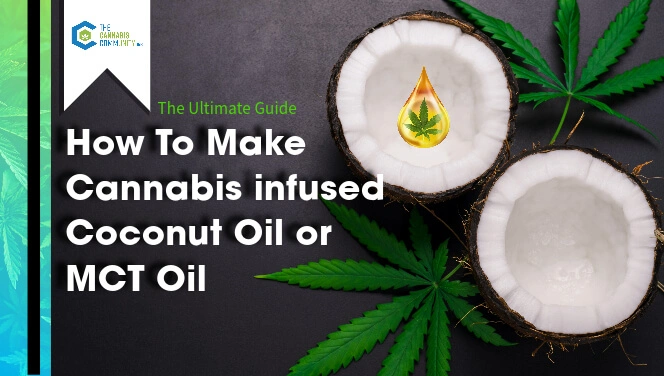


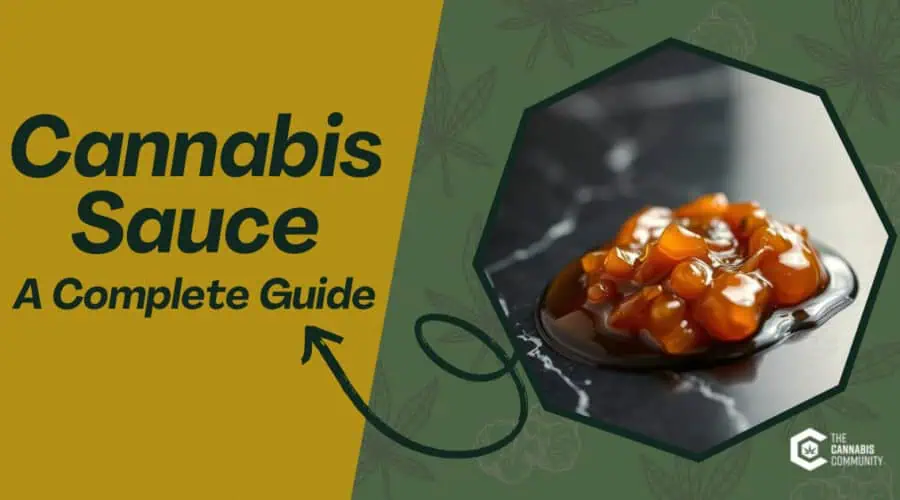

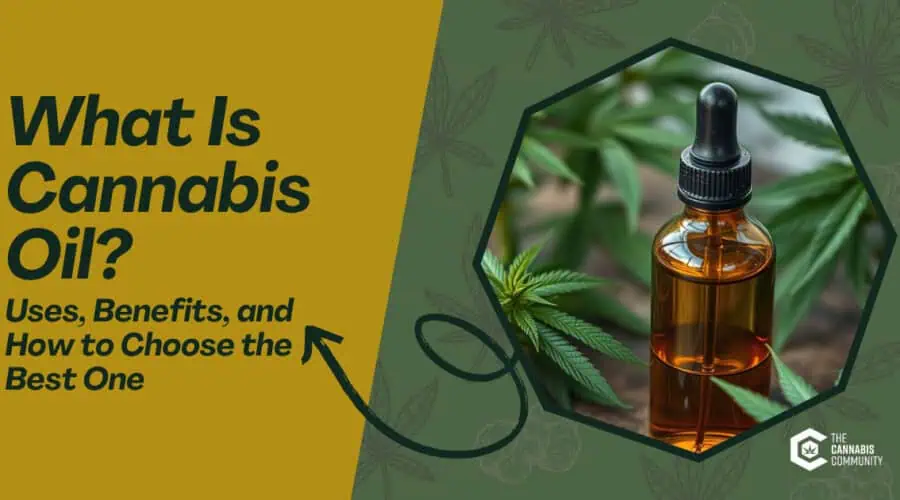
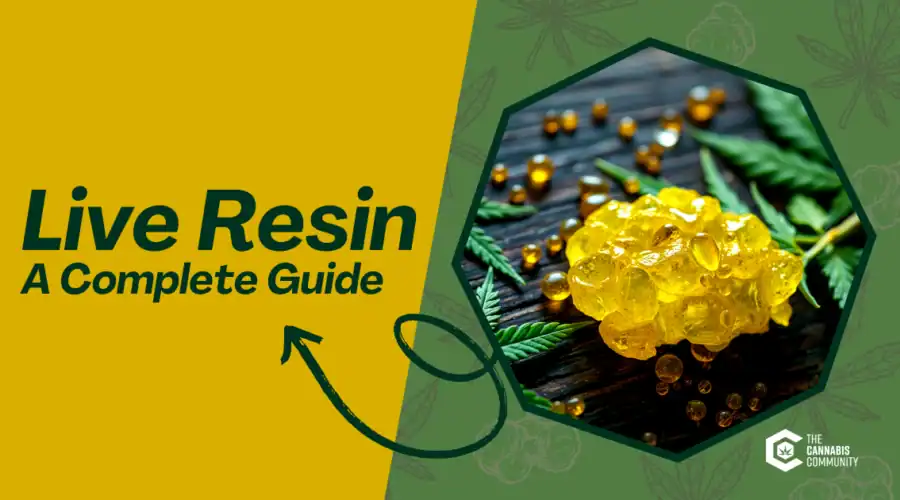
IC Glass
July 11, 2025 at 9:53 amExcellent primer on autoflower cultivation—clear, step‑by‑step and beginner‑friendly while still drilling into pro tips like 18/6 vs 12/12 light cycles and the importance of balanced watering. I especially appreciated the gear checklist and harvest‑timing cues; they demystify the whole grow from seed to cure. Can’t wait to put these pointers into practice on my next run!